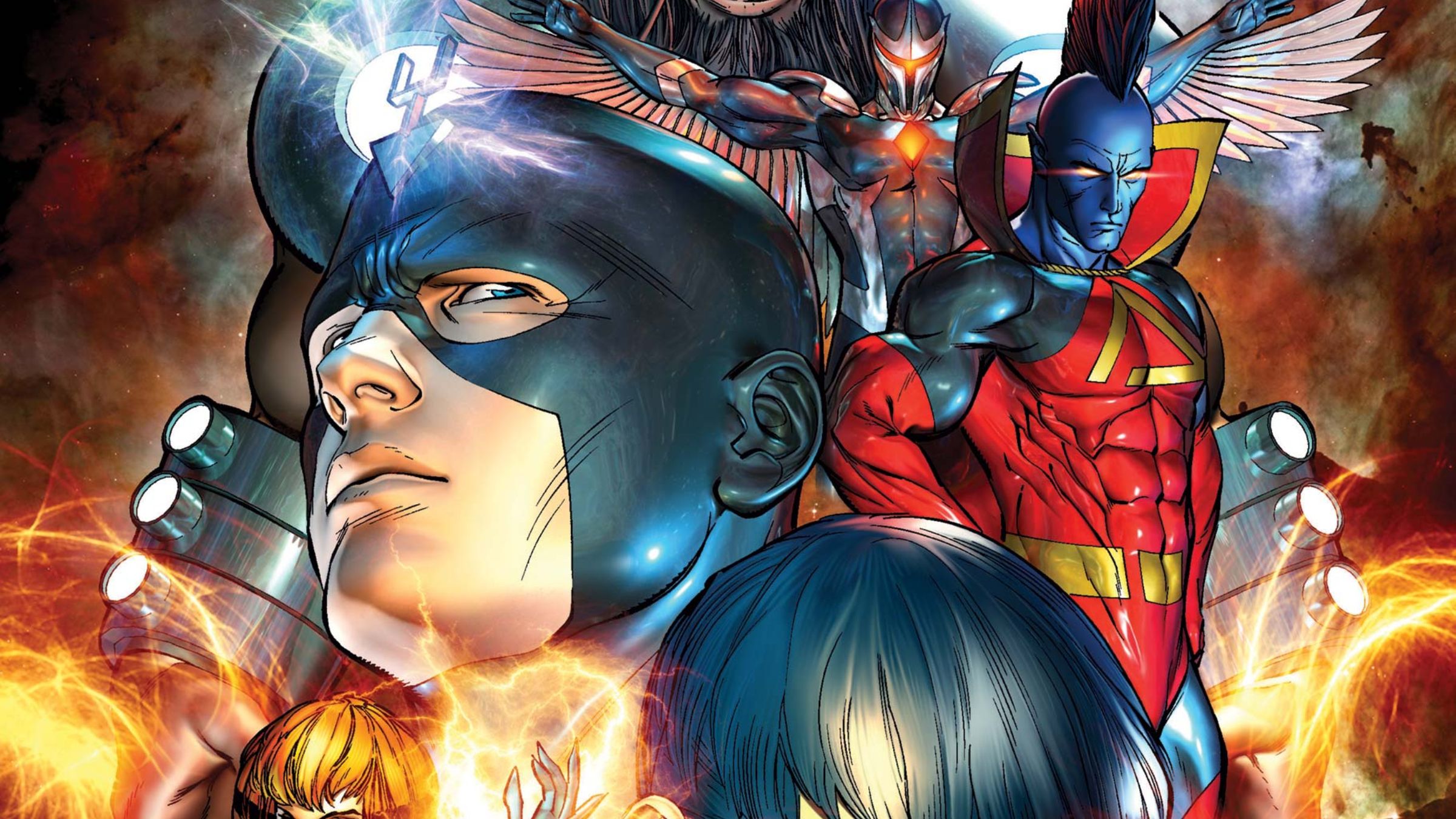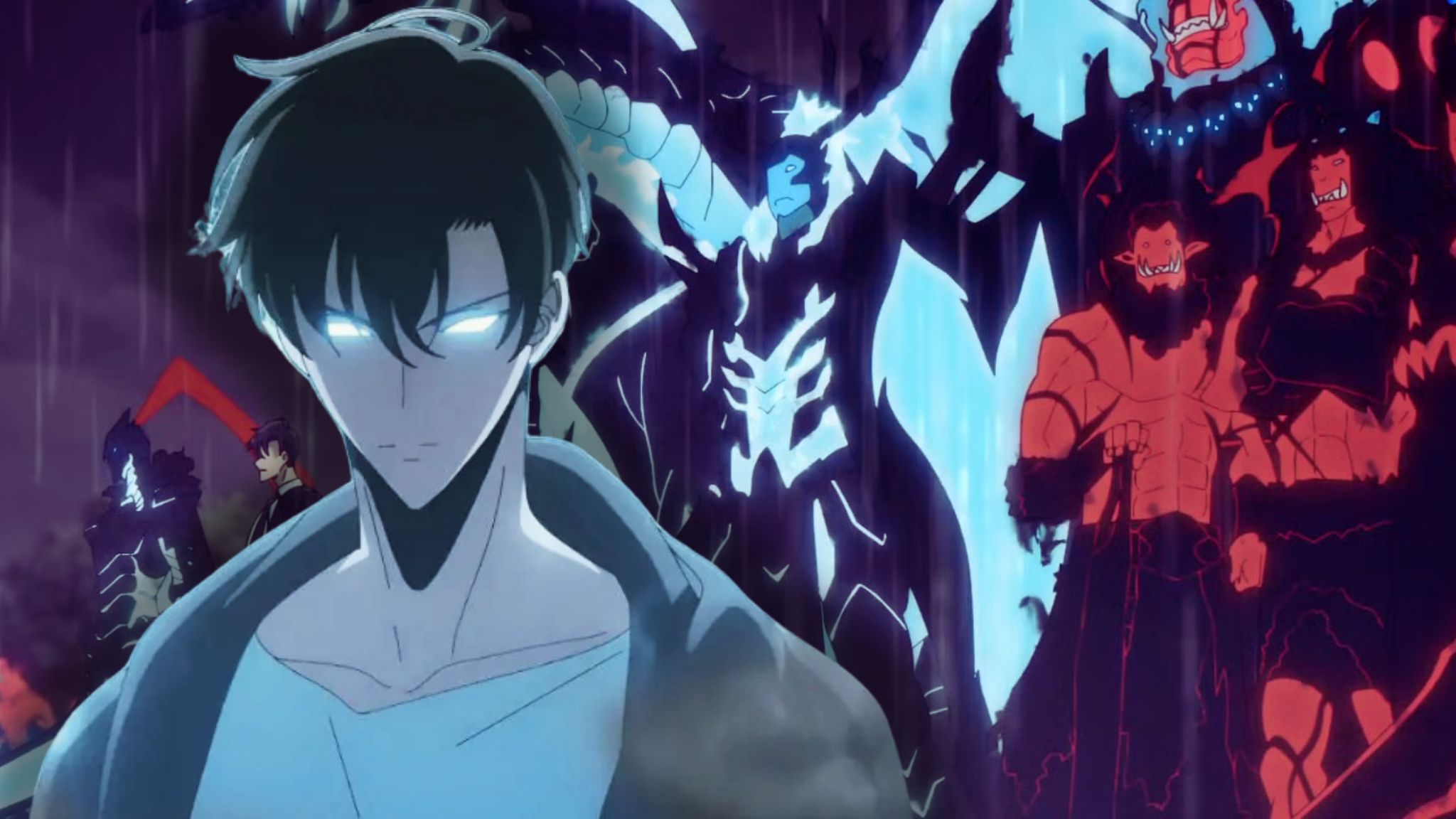
In a special edition titled DC All In, it was disclosed that Superman’s optimistic essence serves as the foundation for the DC Multiverse. Previously, we understood that Superman is the bedrock of this multiverse, with the series Doomsday Clock demonstrating that altering Superman’s timeline brings about drastic changes throughout all existence. The course of time in the DC Universe centers around Superman’s life, and his deeds inspire the formation of the Legion of Super-Heroes in a distant future. Superman’s life has a profound impact on the universe, shaping it for the better. Darkseid, conversely, represents the opposing force, consistently challenging Superman but ultimately being vanquished by the power of heroism. However, the most formidable threat the DC Universe has ever faced grew tired of playing his role and sought to create the Absolute Universe in an attempt to finally emerge victorious.




